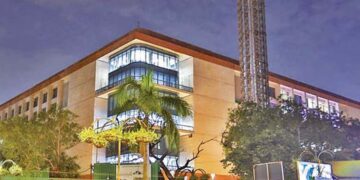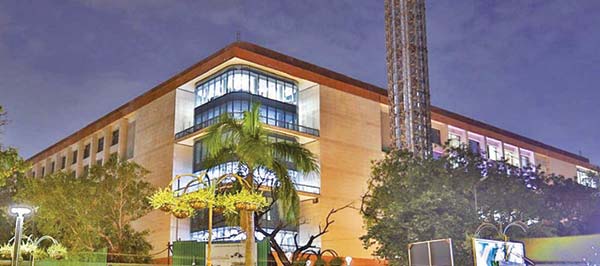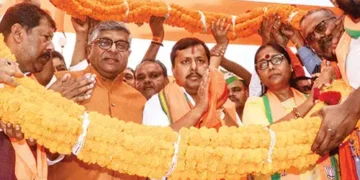Blitz Bureau
NEW DELHI: AFTER 94 years of housing the nation’s power corridors, North Block — once the seat of colonial administration, a witness to India’s Independence in 1947, and the workplace of successive governments — is being vacated.
The iconic sandstone structure, designed by British architect Herbert Baker, will no longer echo with the bustle of civil servants. Instead, it will be repurposed into the Yuge Yugeen Bharat National Museum, projected to become one of the world’s largest museums.
This transition is part of the Government’s ambitious Central Vista redevelopment project, aimed at modernising India’s administrative heart while preserving its historic legacy. North Block, along with its twin South Block, has been at the centre of policy-making for nearly a century. The Union Ministries of Home Affairs, Finance, and Personnel (DoPT), which have operated from here since 1931, are now in the process of shifting to the newly inaugurated Kartavya Bhawan 3 (KB-3).
For many civil servants, leaving behind offices where Sardar Vallabhbhai Patel and other stalwarts once worked evokes a deep sense of nostalgia. Former Home Secretary GK Pillai recalls the “charm of history that permeated the rooms,” while others fondly remember the high-ceilinged chambers and old furniture that bore silent witness to crucial decisions. On 6 August 2025, Prime Minister Narendra Modi inaugurated KB-3, the first of 10 new Common Central Secretariat (CCS) buildings on Kartavya Path. With a built-up area of 1.5 lakh sq m, the structure boasts seven floors and two basements, modern lifts, access-control systems, and expansive openplan layouts.
The building is designed for sustainability, featuring rooftop solar panels, double-glazed façades, efficient HVAC systems, rainwater harvesting, and EV charging stations. Together, these features are expected to cut energy use by nearly 30 per cent. Nine ministries and departments have already been allocated space in KB-3. The Union Home Secretary and the Intelligence Bureau were among the first to move.
A vision of efficiency
The Central Vista masterplan, designed by Bimal Patel’s HCP Design, envisions 10 CCS buildings and a central conference facility, consolidating 51 ministries and departments currently scattered across ageing offices such as Shastri Bhawan, Udyog Bhawan, and Nirman Bhawan. The government believes this move will significantly improve inter-ministerial coordination, reduce costs of rental and maintenance, and eliminate inefficiencies caused by dispersal. Construction of KB-3 was executed by Larsen & Toubro (L&T) under a Rs 3,141.99 crore contract, awarded by the CPWD in 2021.
Nostalgia meets modernity
While senior officers, who enjoyed large colonial-era offices, express wistfulness about leaving behind heritage spaces, many employees welcome the move. Yet not all are enthusiastic about the open-plan model of the new CCS. On August 5, the Central Secretariat Service Forum, representing nearly 13,000 employees, wrote to the PMO highlighting concerns over the loss of privacy and confidentiality, especially for officials handling sensitive or classified files.
































